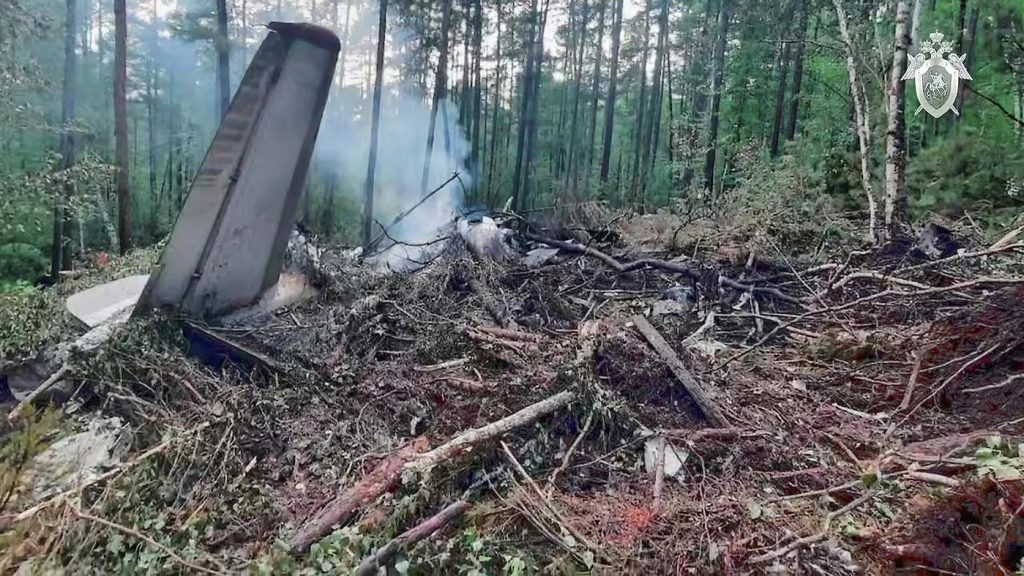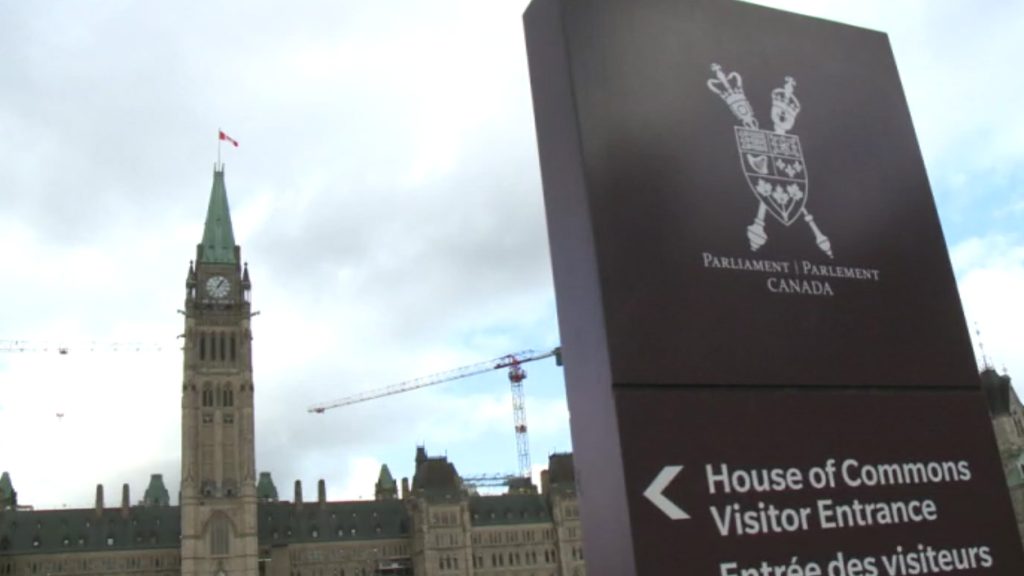MOSCOW (AP) — A tragic aviation accident unfolded on Thursday in Russia's Far East, where a passenger plane operated by Angara Airlines crashed, resulting in the deaths of all 48 individuals aboard, including passengers and crew. The flight, which was traveling toward its intended destination in Tynda, disappeared from radar before authorities discovered the burning wreckage on a hillside located approximately 15 kilometers (9 miles) south of Tynda, according to the Emergency Situations Ministry of Russia.
Governor Vasily Orlov confirmed in a statement that there were no survivors from the flight and declared a three-day period of mourning in the Amur region to honor the victims, describing the event as a "terrible tragedy." Information surrounding the cause of the crash remains unclear, although Russia's Interfax news agency indicated that adverse weather conditions may have contributed to the incident, based on reports from unnamed sources within the emergency services.
Initial investigations revealed that the aircraft, a Soviet-designed twin turbo prop plane, had a history of operation dating back nearly 50 years. It had departed from Khabarovsk, made a stop in Blagoveshchensk near the Russian-Chinese border, and was subsequently en route to Tynda at the time of the crash. Detailed images released by state media reveal debris scattered throughout a dense forest, with smoke plumes marking the crash site.
The remote location of the wreckage posed significant challenges for rescue teams, as highlighted by Orlov. An earlier report from the governor mistakenly stated there were 49 individuals on the flight, but this number was later corrected to 48, although the reason for the discrepancy remains unconfirmed. The transport prosecutor's office in the Far East conveyed that the plane was attempting a second landing before it lost contact with air traffic control and vanished from radar.
In light of the incident, authorities have initiated an investigation focusing on potential violations of flight safety that may have led to this devastating outcome. Aviation incidents have been a recurring issue in Russia, particularly in recent years, as the aviation sector has faced significant challenges amid international sanctions affecting operations.
The accident highlights the ongoing concerns related to aviation safety in the region, exacerbated by the aging fleet and the impact of external pressures on the country's aviation infrastructure. As the investigation unfolds, attention will likely focus on the regulatory framework governing the aviation industry in Russia and the measures needed to prevent such tragedies in the future.












